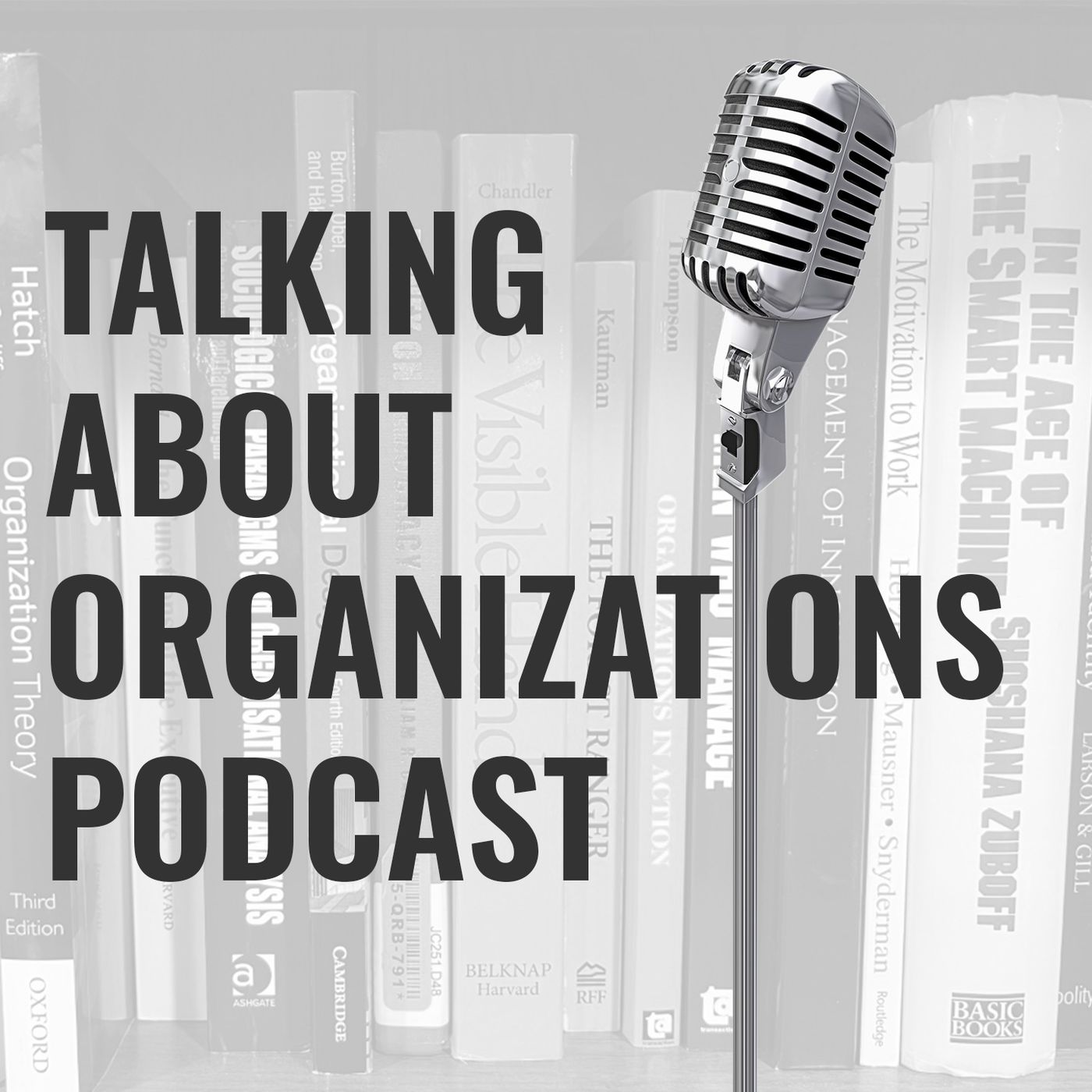44: Transaction Costs and Boundaries of the Firm - Williamson and Malone (Part 1)

b'Following on a theme from the previous episode, we explore an important reading that bridges organization theory with economics. This was the explicit aim of Oliver E. Williamson\\u2019s famous article, \\u201cThe Economics of Organization: The Transaction Cost Approach,\\u201d published in the American Journal of Sociology in 1981. The article begins with a statement that the assumption of firms operating on a profit motive has not helped organization theorists understand and explain the behaviors of firms, and that economists were also finding themselves similarly limited. He thus set out on a different path and argued that transactions, not the products or services the firm provides, is a better unit of analysis.
In the discussion, we wrestle with Williamson\\u2019s central arguments and proposals, such as the construct of the efficient organizational boundary, human asset specificity and the difference types of governance structures related to it, and how markets and hierarchies represent different choices for organizing. We also explored a related article presenting early thoughts about the growing impact of rapid advances in information technology on firm and market structures. Written in 1987, Tom Malone et al.\\u2019s \\u201cElectronic Markets and Electronic Hierarchies\\u201d presages the modern online economic environment and its many virtual interactions between seller and buyers. This fascinating extension of Williamson\\u2019s ideas made a number of predictions. How many came true 30 years later?'